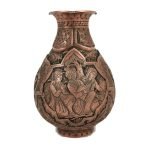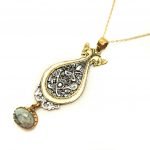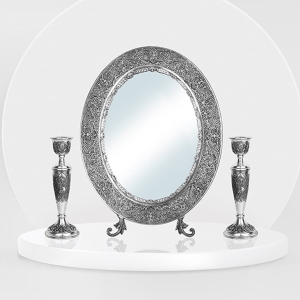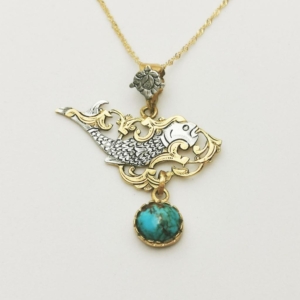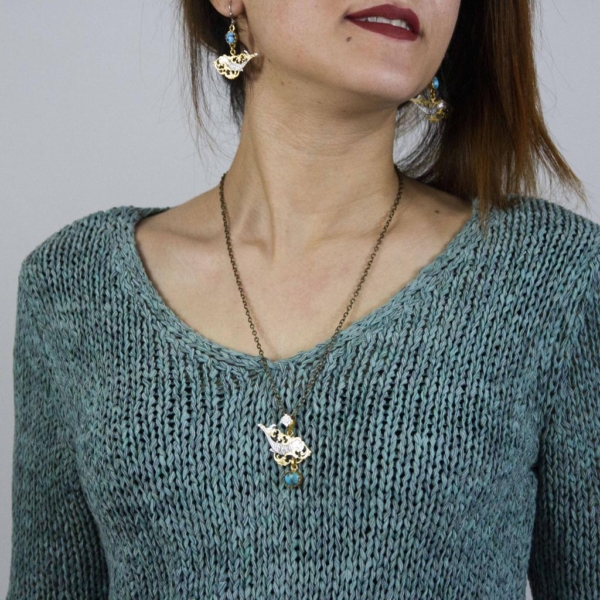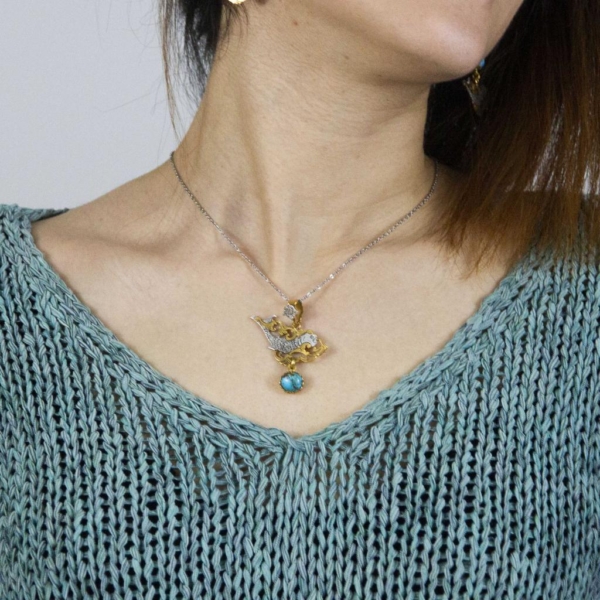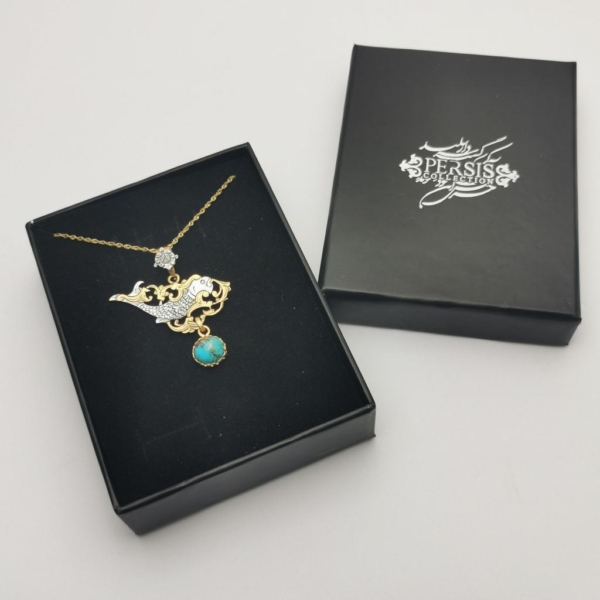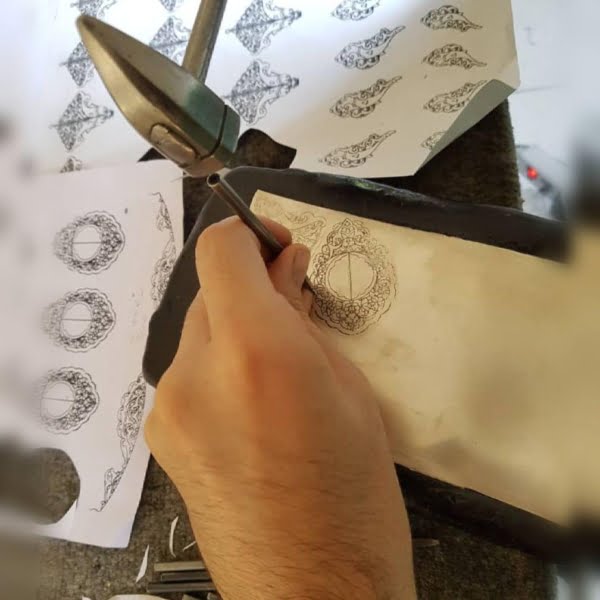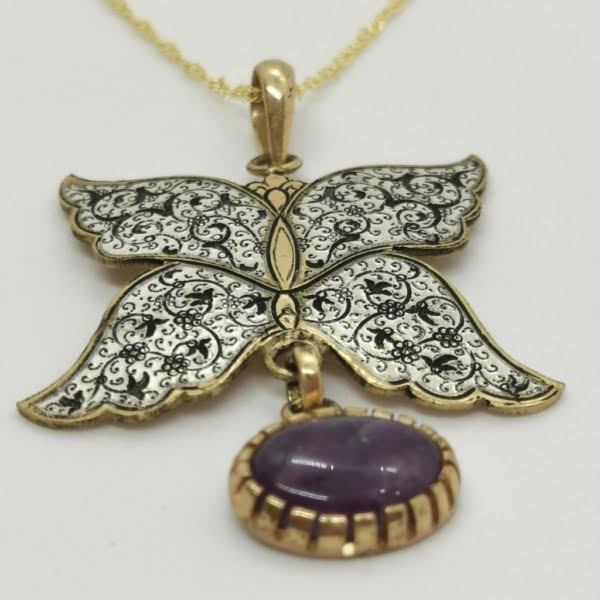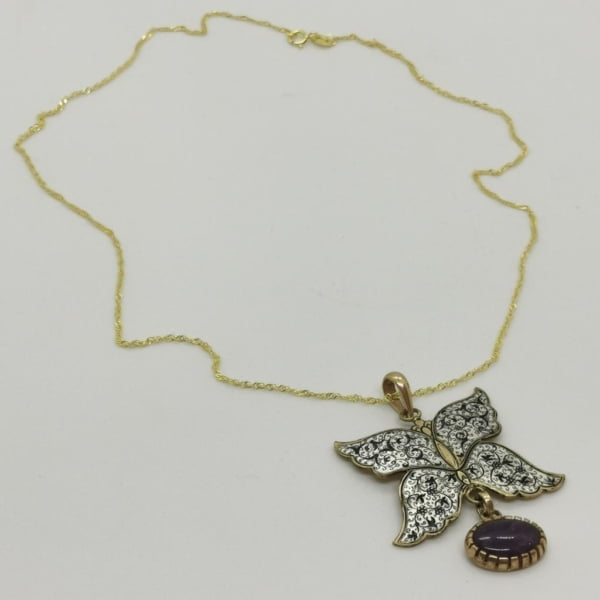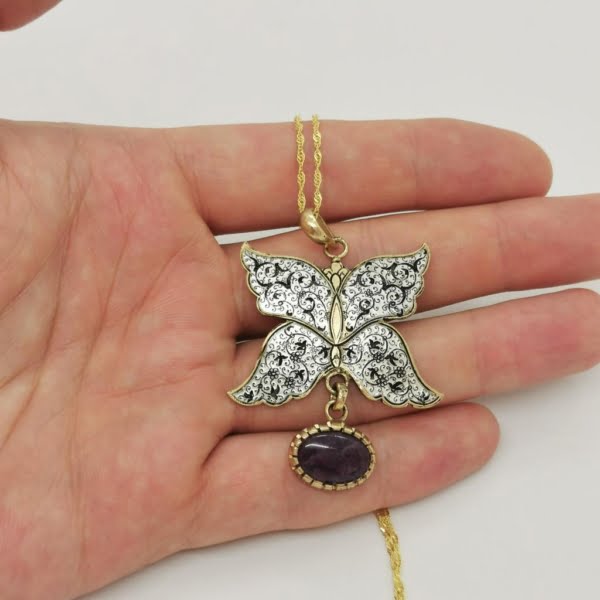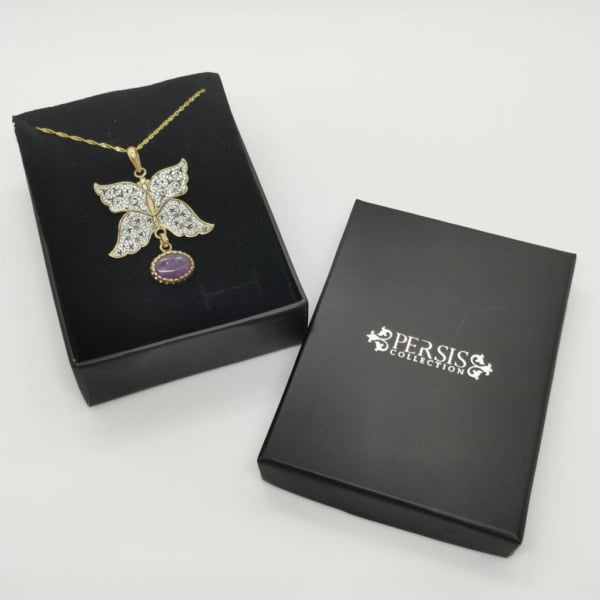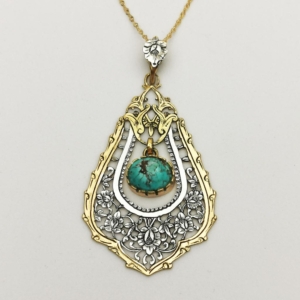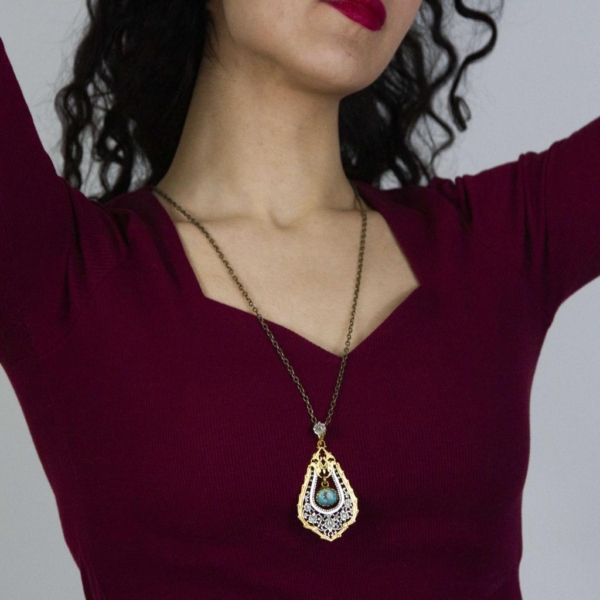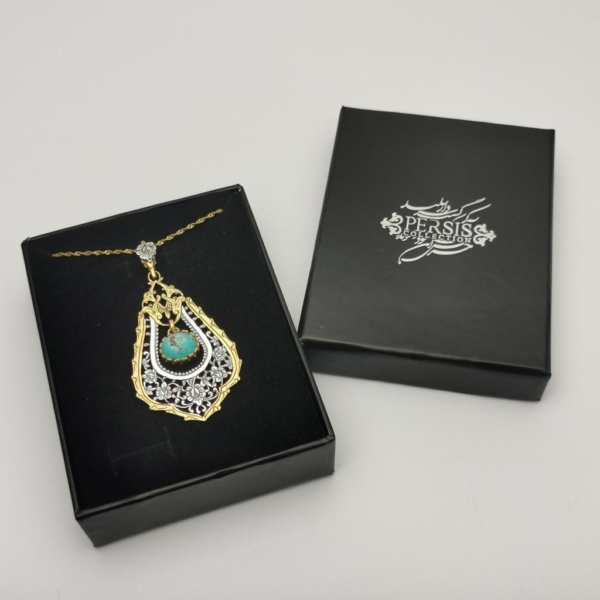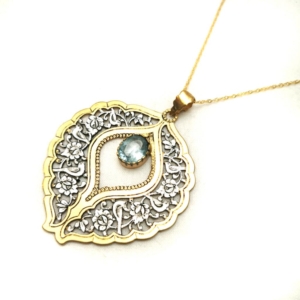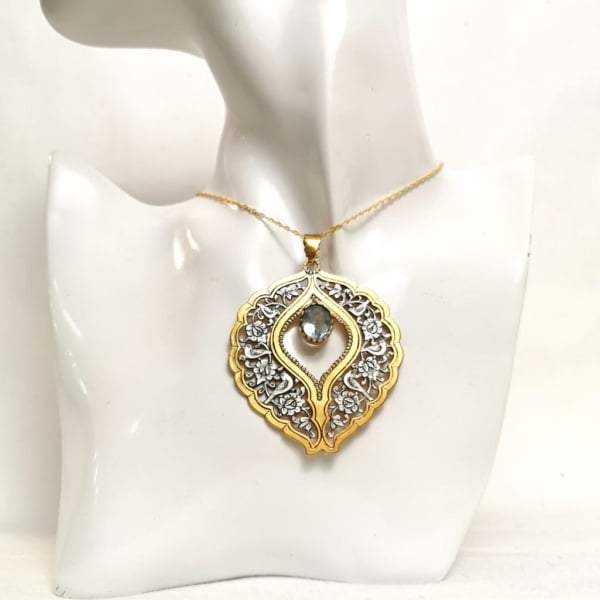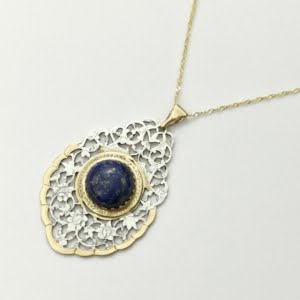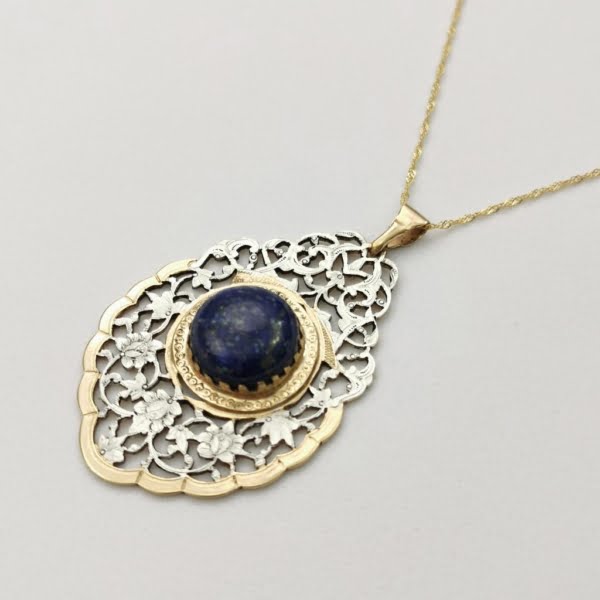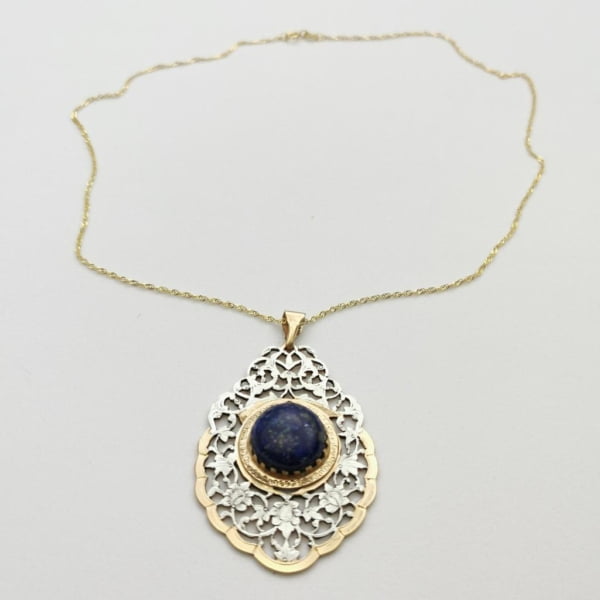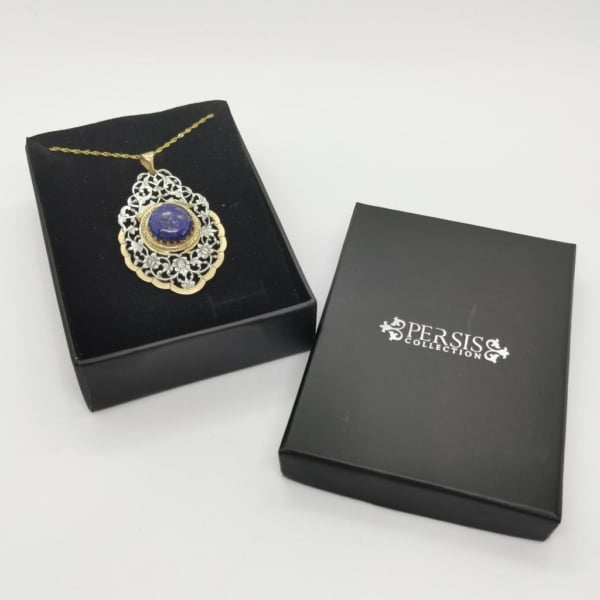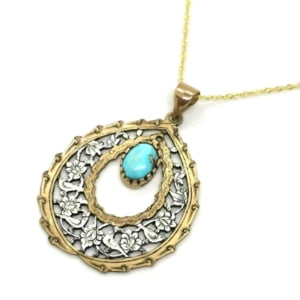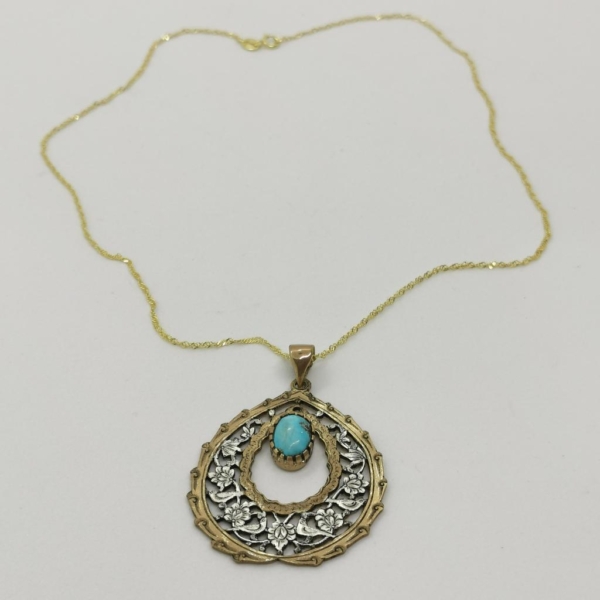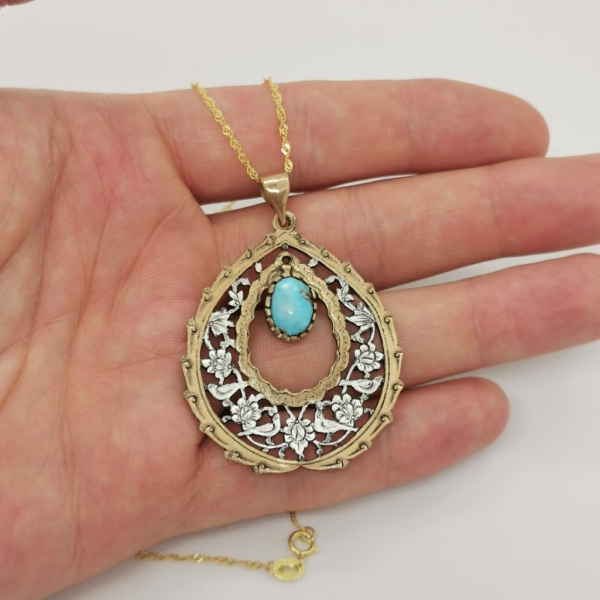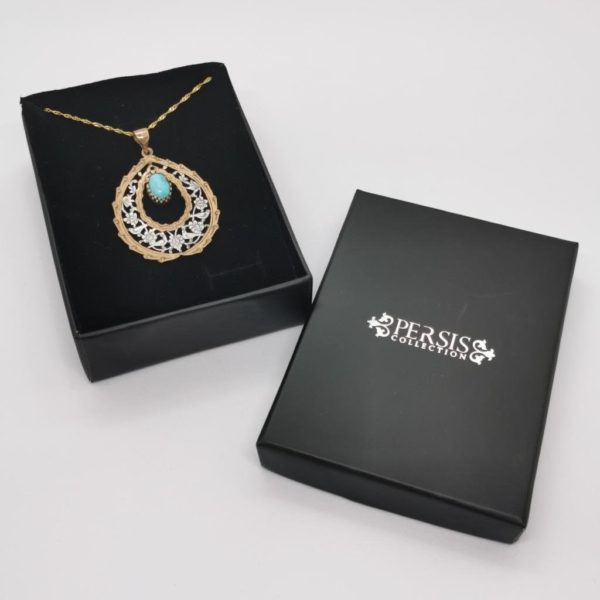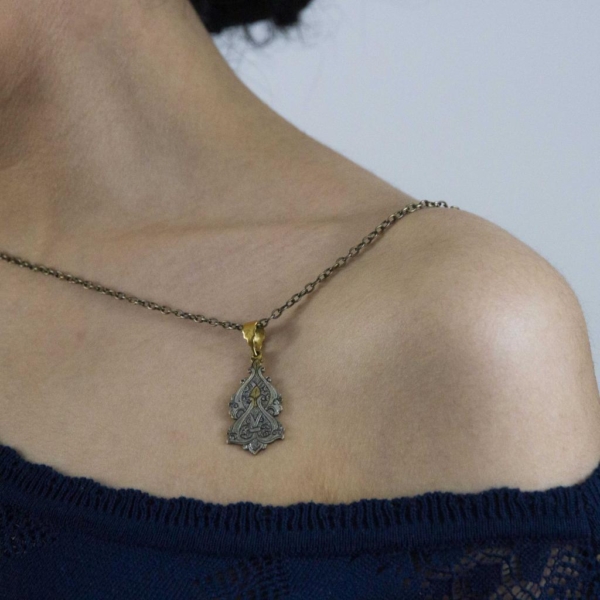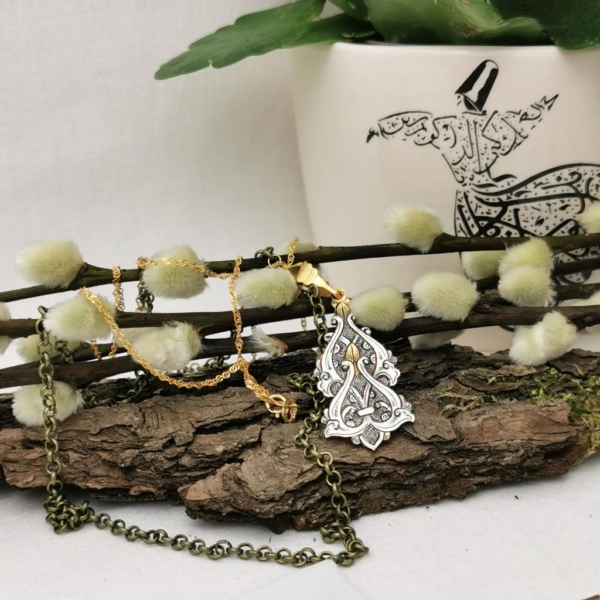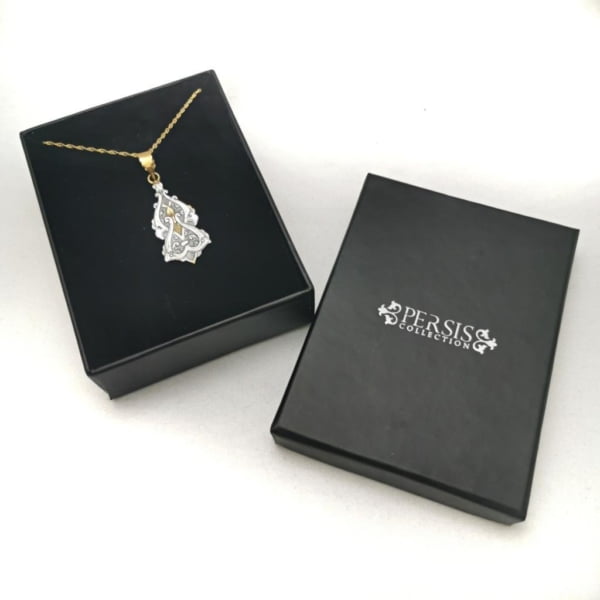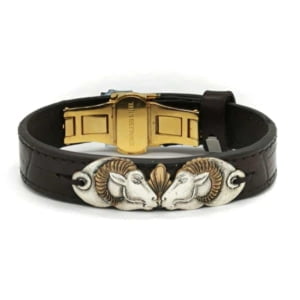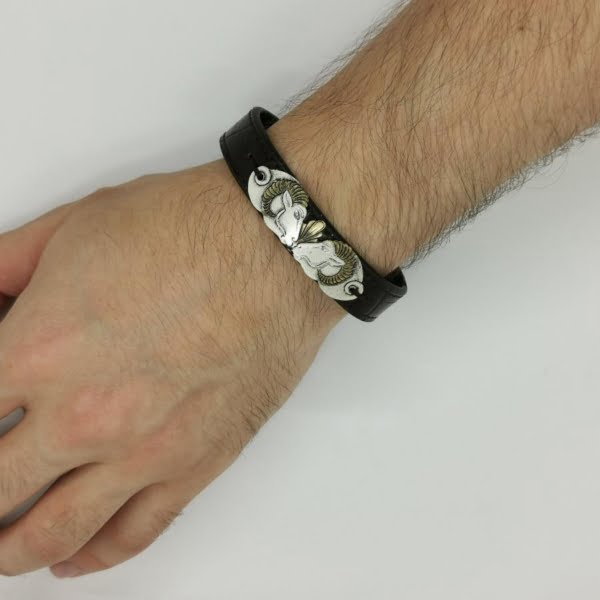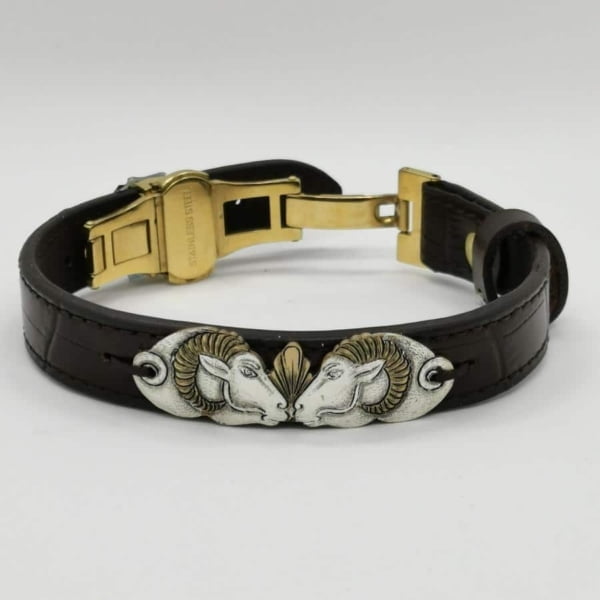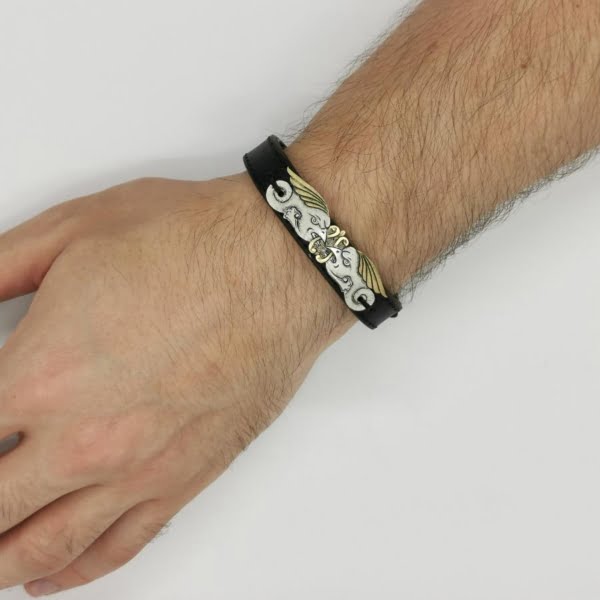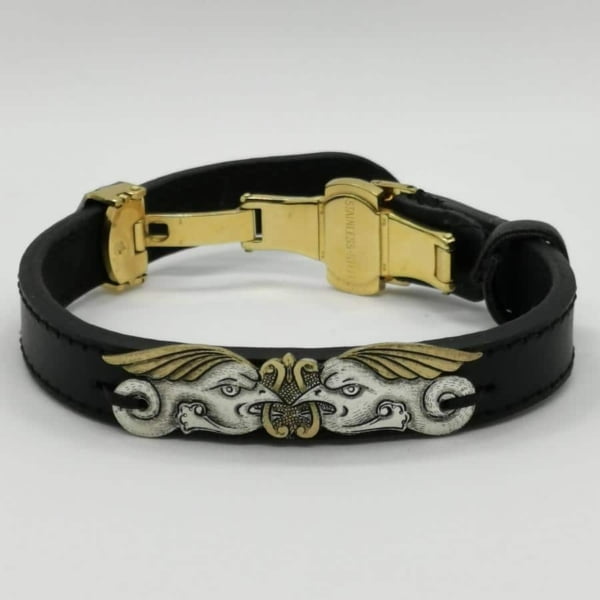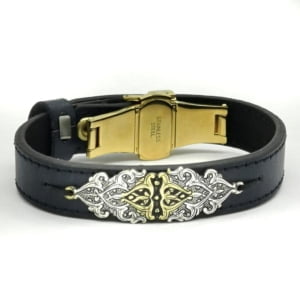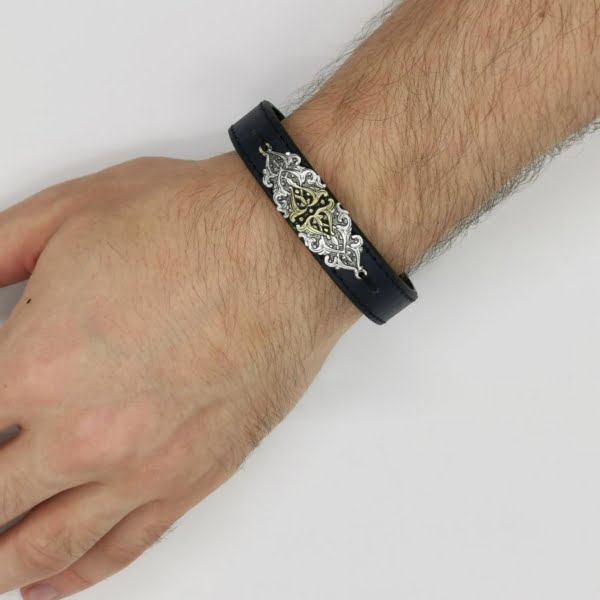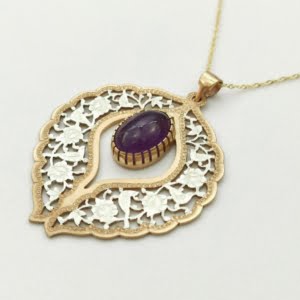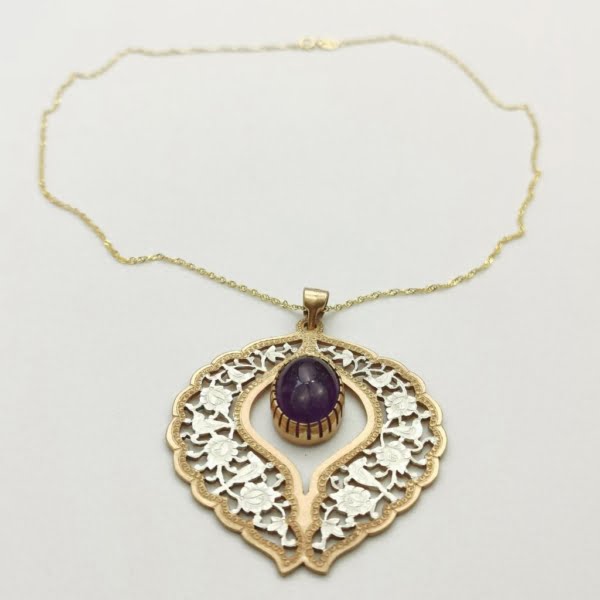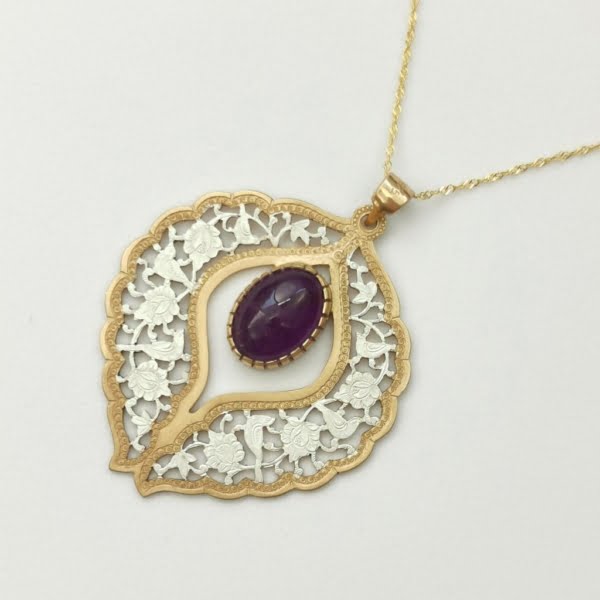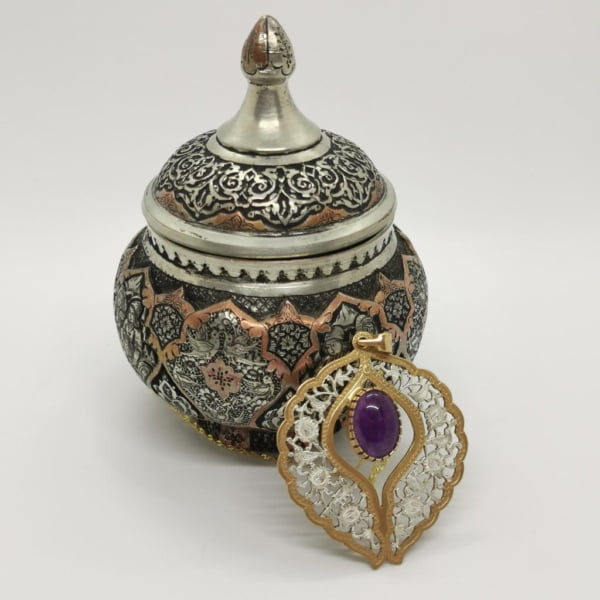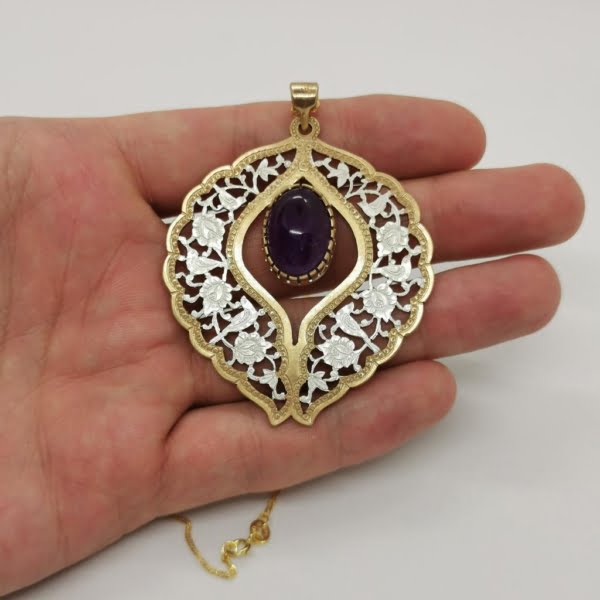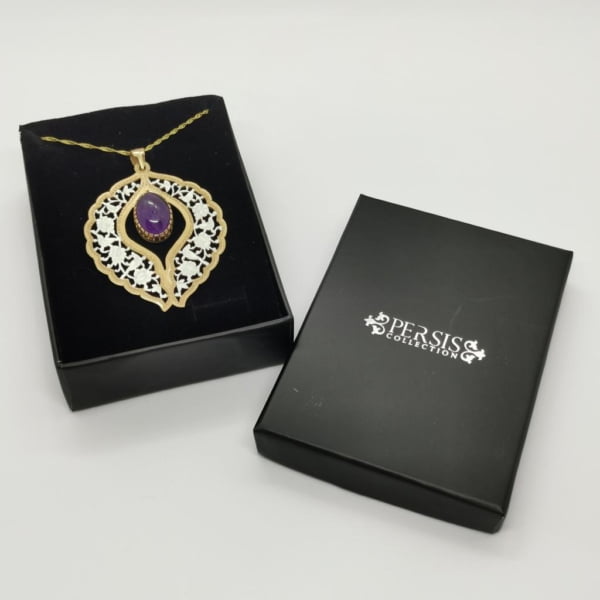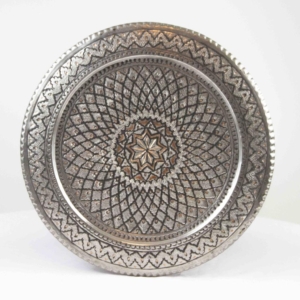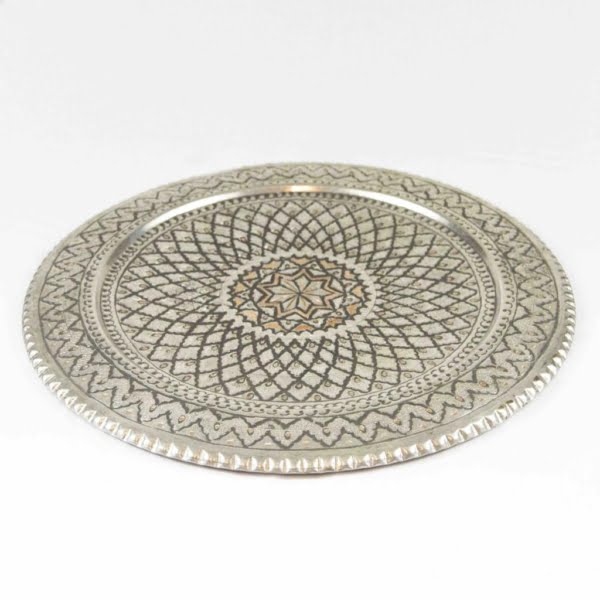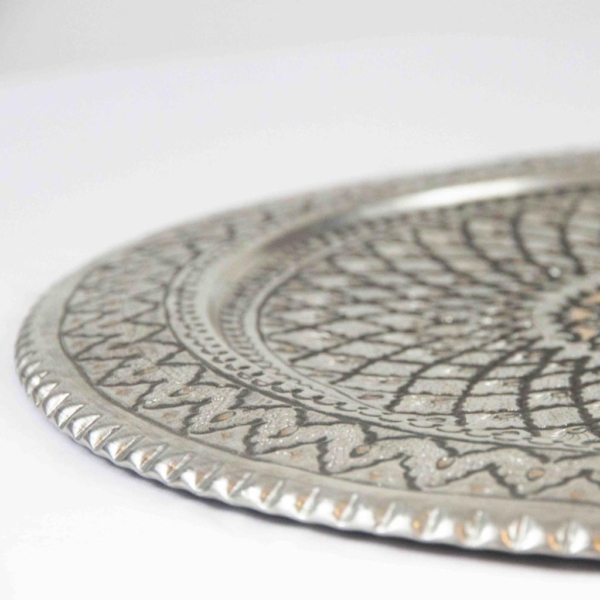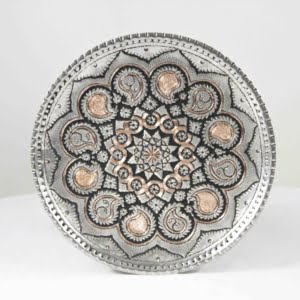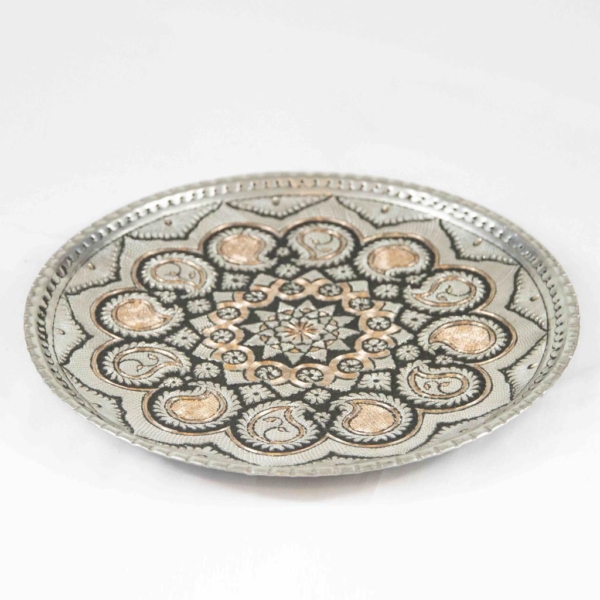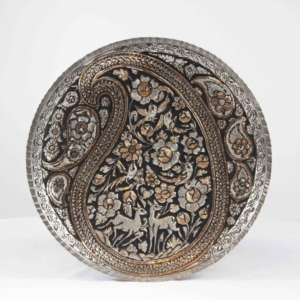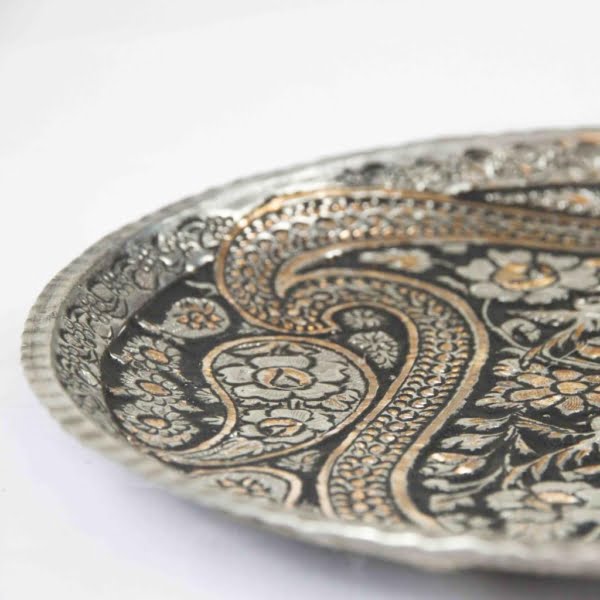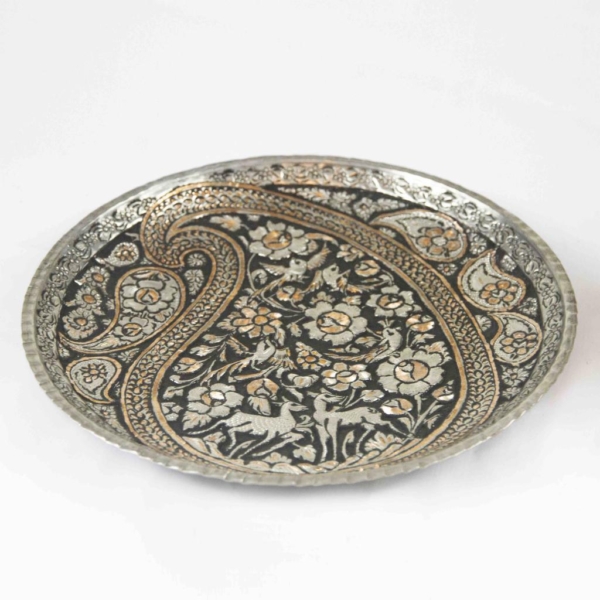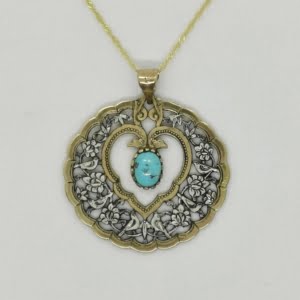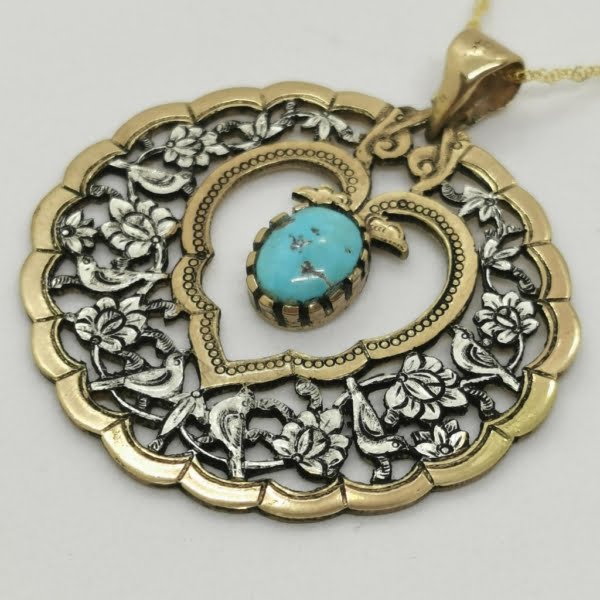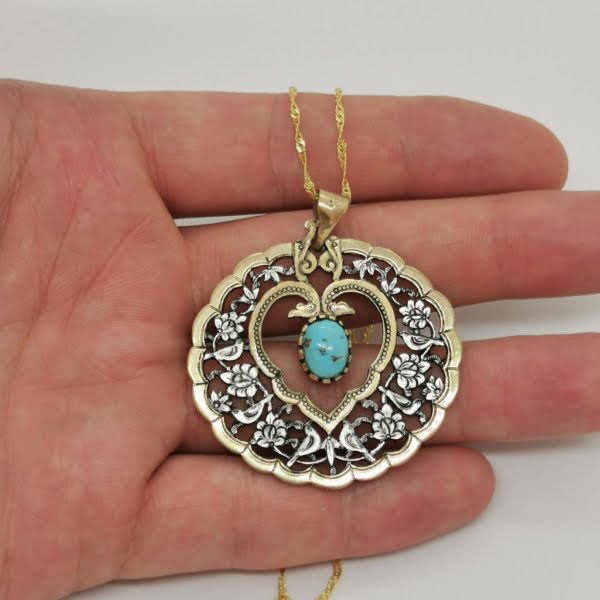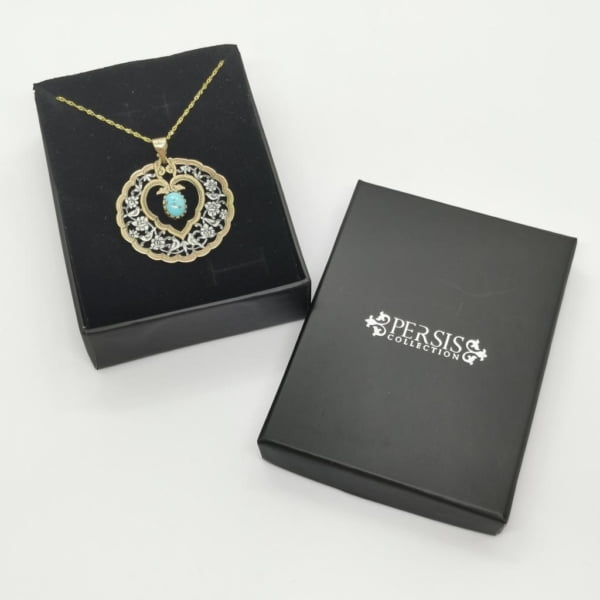Ghalam Zani
The Art of Ghalamzani: A Legacy of Persian Craftsmanship
What is Ghalamzani? Exploring the Craft
Ghalamzani (in Persian: قلمزنی, pronounced as “Ghalam Zani”) is a traditional Persian art form that involves engraving intricate designs onto metal surfaces using a hammer and chisel. This ancient craft has been practiced in Iran for thousands of years, with its roots tracing back to the Achaemenid era. Persian Ghalamzani is known for its elaborate patterns and motifs, often inspired by nature, mythology, and traditional Islamic art. Artisans begin the process by filling the metal object with a mixture of gypsum and bitumen. This layer prevents the hammer’s impact from piercing the surface. The artist then skillfully engraves the desired design, using different chisels to create various lines and textures. Once the engraving is complete, the metal is polished, and the grooves are darkened with charcoal powder to enhance the visual contrast.
The Art of Iranian Ghalamzani on Metal
Iranian Ghalamzani art is typically performed on metals like copper, silver, brass, and occasionally gold. The resulting pieces are highly detailed and showcase the artist’s precision and creativity. Ghalamzani home decor items such as plates, vases, trays, and jewelry are among the most popular items, each one a unique work of art that embodies the rich history and tradition of Persian metalwork.
The Historical Significance of Ghalamzani: From Achaemenid to Modern Iran
Ghalamzani has played a significant role in Persian culture for millennia. The art of metal engraving dates back to the time of the Scythians and Medes, who introduced the technique to Iran. Over the centuries, Ghalamzani evolved, reaching its zenith during the Sassanian dynasty, when it was used to decorate royal artifacts and record important historical events. Some of the earliest examples of Iranian Ghalamzani include engraved golden goblets and bronze tablets that feature detailed inscriptions and images of ancient kings.
The art of Ghalamzani experienced a revival during the Safavid period, particularly in the city of Isfahan, which became a major center for Persian arts and crafts. Although Ghalamzani lost popularity during the Qajar era, artists revived the craft during the Pahlavi dynasty. This revival led to the creation of some of the finest examples of Persian Ghalamzani seen today. Isfahan remains the heart of this art form. Skilled artisans in Isfahan continue to create beautiful Ghalamzani plates and other decorative items. Collectors and enthusiasts highly seek out these handcrafted works for their artistic and cultural value.
The Techniques and Styles of Ghalamzani: From Isfahan to Shiraz and Tabriz
Ghalamzani is practiced in three main styles, each associated with a different region of Iran: Isfahan, Shiraz, and Tabriz. The Ghalamzani Isfahan style is perhaps the most renowned, characterized by its fine and embossed engravings. In this style, artists use a variety of hammer strikes to create intricate patterns that often feature floral motifs, arabesques, and scenes from Persian mythology. The embossed engravings are particularly notable for their three-dimensional appearance, which adds depth and texture to the designs.
The Shiraz style stands out for its motifs inspired by Persepolis and traditional Persian floral patterns. Artisans often use silver as the main metal, which results in delicate and elegant designs. The Tabriz style features more subtle engravings. Artists achieve these details through gentle wrist movements that produce shallower lines. Although less pronounced than the Isfahan style, Tabriz Ghalamzani is valued for its refinement and attention to detail.
Each of these styles reflects the unique artistic traditions of their respective regions, making Persian Ghalamzani a diverse and versatile art form. Whether you prefer the boldness of Isfahan, the elegance of Shiraz, or the subtlety of Tabriz, there is a Ghalamzani design to suit every taste.
Ghalamzani on Copper: The Art of Affordable Elegance
While artisans traditionally perform Ghalamzani on precious metals like silver and gold, many now choose copper for its affordability and accessibility. Copper is an ideal medium for beginners and those who appreciate the beauty of Ghalamzani but may not have the budget for more expensive metals. The warm tones of copper complement the intricate engravings, creating stunning pieces that are both elegant and affordable.
Ghalamzani on copper includes a wide range of items, from Ghalamzani plates and trays to vases and plaques. One of the most popular uses of this technique is engraving Nastaliq script onto copper surfaces. This process produces beautifully stylized calligraphy that holds great value in Persian art. Ghalamzani copper pieces are perfect for adding a touch of Persian culture to your home or as thoughtful gifts that reflect the rich artistic heritage of Iran.
Explore the Beauty of Persian Ghalamzani
Immerse yourself in the exquisite artificer of Persian Ghalamzani art through our featured videotape,” emotional preface to Persian Handicraft Iranian Handmade Art.” This videotape offers a deep dive into the scrupulous ways and artistic significance of Persian Ghalamzani art. Learn how crafters from Isfahan produce intricate designs on essence, showcasing chops passed down through generations. The videotape highlights the tools and styles used, offering a unique perspective on this dateless craft.
Ghalamzani FAQ:
- What is Ghalamzani?
Ghalamzani is a traditional Persian art of metal engraving that involves creating intricate designs on surfaces like copper, silver, and brass. - Where did Ghalamzani originate?
Ghalamzani has ancient roots in Iran, with its origins tracing back to the Achaemenid era. It reached its peak during the Sassanian dynasty. - What are the different styles of Ghalamzani?
The three main styles of Ghalamzani are Isfahan, Shiraz, and Tabriz, each with distinct characteristics and motifs. - What materials are used in Ghalamzani?
Artisans typically perform Ghalamzani on metals such as copper, silver, brass, and gold. Many prefer copper because it’s both popular and affordable. - What types of items are made using Ghalamzani?
Common Ghalamzani items include plates, vases, trays, plaques, and jewelry, all featuring intricate engraved designs. - How is Ghalamzani performed?
Ghalamzani involves engraving designs onto metal surfaces using a hammer and chisel. The process requires precision and skill. - What is the significance of Ghalamzani in Persian culture?
Persian artists have long practiced Ghalamzani, an art form that reflects the rich history and artistic traditions of Iran. - Where can I buy authentic Persian Ghalamzani?
You can purchase authentic Persian Ghalamzani from trusted sources like Persis Collection, offering a wide range of Ghalamzani items with worldwide delivery. - Is Ghalamzani on copper popular?
Yes, Ghalamzani on copper is popular due to its affordability and the warm, elegant appearance it provides. - How do I care for Ghalamzani items?
To care for Ghalamzani items, clean them gently with a soft cloth and avoid exposure to moisture and harsh chemicals.






